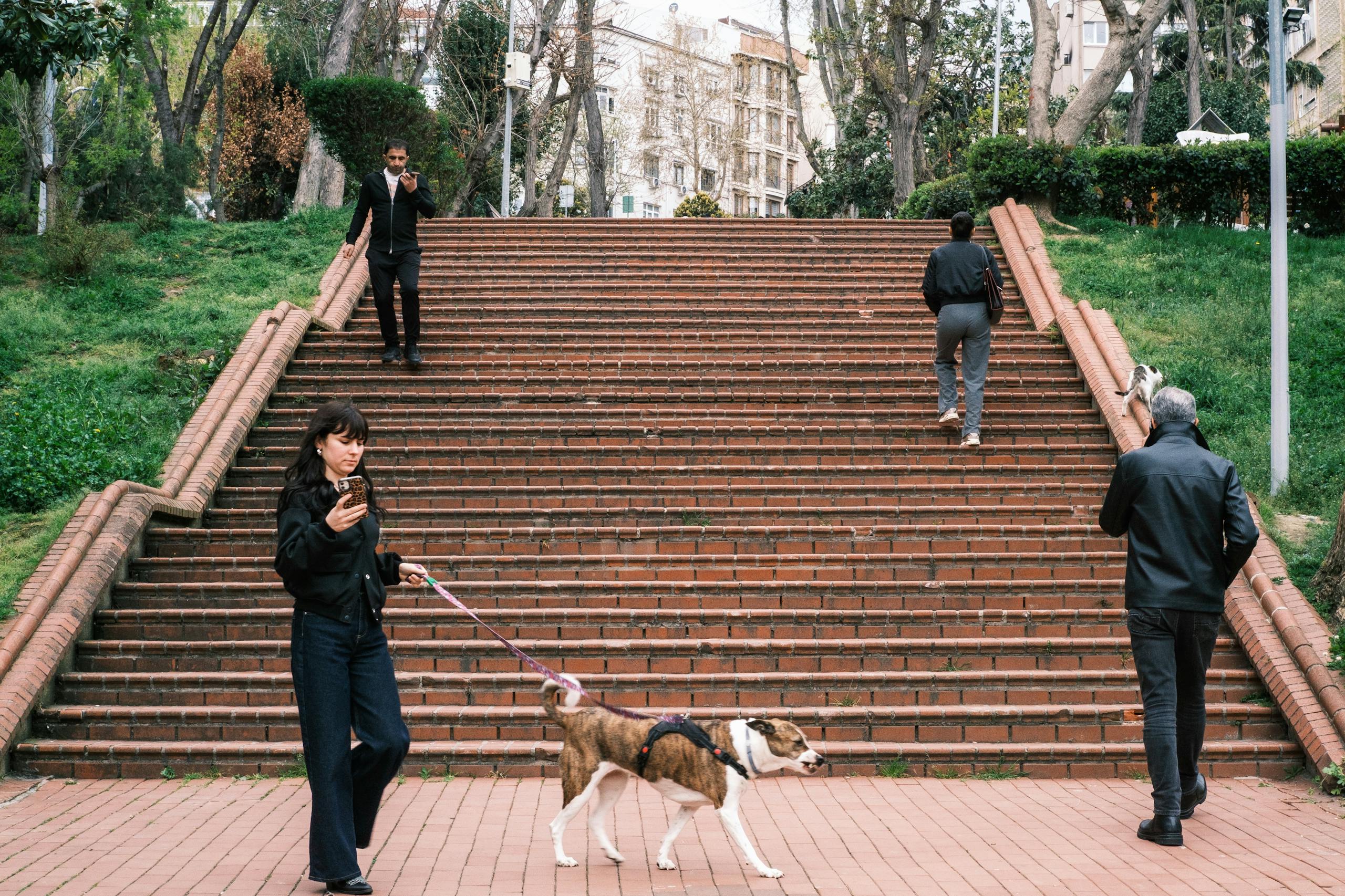Teach Your Dog to Walk Without Pulling – A Step-by-Step Guide That Works

Is every walk a battle of strength between you and your dog? You’re not alone. But good news: with the right tools, timing, and consistency, you can teach your dog to walk without pulling—without pain, punishment, or frustration.
Loose leash walking is a skill that takes time and patience, but the reward is worth it: calm walks, better focus, and a stronger bond between you and your dog.
Why Dogs Pull on the Leash
Pulling isn’t dominance—it’s natural enthusiasm. Most dogs walk faster than we do, and the environment is full of smells, sights, and sounds that are way more interesting than walking slow.
Pulling happens because:
- They’ve been accidentally rewarded for it
- They’re overstimulated or anxious
- The pace doesn’t match their natural rhythm
But don’t worry—you can unlearn pulling and replace it with calm connection.
How to Teach Your Dog to Walk Without Pulling
1. Start With the Right Gear
Use a well-fitted harness or a flat collar. Avoid retractable leashes—they teach pulling by design.
✅ Tip: Choose a standard 1.5–2 meter leash for training walks.
2. Reward Calm Walking From the First Step
Mark and reward any moment your dog walks beside you—even for two steps.
💡 Use high-value treats (like cheese or chicken) and say “yes” or click immediately when your dog is in the right position.
3. Stop the Moment the Leash Goes Tight
No need to yank—just stop moving. Wait. The moment your dog loosens the leash or turns back to you, praise and continue.
📣 Remember: Forward motion is a reward. Use it wisely.
4. Use Direction Changes to Regain Focus
If your dog starts pulling ahead, calmly turn and walk the other way. No drama—just switch direction. This re-engages your dog’s attention and breaks pulling habits.
🎯 Try this in a quiet space first, like your garden or a quiet street.
5. Keep Walks Short and Focused at First
Instead of long, chaotic walks, do short 5–10 minute training walks to teach loose leash walking. Then let your dog sniff freely on a long lead later.
This builds clarity: “Now we train. Later we explore.”
Sound Can Help Calm the Walk
Some dogs pull because they’re overstimulated or anxious. Calm starts before the leash goes on.
🎧 Try playing Pawsly’s nature sounds or heartbeat vibes 5 minutes before a walk. It regulates your dog’s nervous system, helping them focus and follow instead of react and pull.
Common Mistakes to Avoid
- ❌ Pulling back on the leash (creates resistance)
- ❌ Using choke/prong collars (pain-based tools reduce trust)
- ❌ Long walks before training is in place
- ❌ Getting frustrated and giving in
Be patient. Every step of progress counts—even if it’s just 3 calm steps today.
Recap: Teach Your Dog to Walk Without Pulling
- Use proper gear and a fixed-length leash
- Reward calm position near you
- Stop or turn when the leash goes tight
- Build in short, focused practice sessions
- Calm your dog before the walk with sound therapy
You’re not training a robot—you’re building connection, clarity, and calm movement together.
📱 Ready to turn stressful walks into calm connection?
Discover guided audio sessions and calming tracks at Pawsly.






